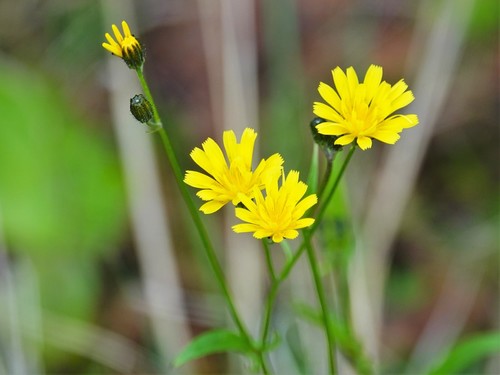Introduction
Temperature is one of the best indicators of compost health. An active compost pile naturally heats up as microbes break down organic matter. A warm center shows that the process is working efficiently. Monitoring and maintaining the right temperature helps you produce compost faster while eliminating weed seeds and pathogens.
Why Temperature Matters
- Microbial activity: Heat is generated as bacteria and fungi digest organic matter.
- Pathogen control: Hot piles (55–65°C) kill harmful organisms and weed seeds.
- Decomposition speed: Warmth accelerates the breakdown of greens and browns.
Signs of a Healthy Pile
- A warm core when you dig into the center of the pile.
- Steam rising on cool mornings, indicating active microbial breakdown.
- Steady temperature between 50–65°C (122–149°F) when measured with a compost thermometer.
When the Pile Cools
A cooling pile often signals that microbial activity has slowed. Common causes include lack of nitrogen (greens), insufficient oxygen, or dryness.
- Add more greens: Kitchen scraps, coffee grounds, or fresh grass clippings can restart activity.
- Aerate: Turn the pile with a fork or spin a tumbler to reintroduce oxygen.
- Check moisture: Compost should feel like a wrung-out sponge. Add water if dry, or browns if too wet.
Practical Tips
- Use a compost thermometer to monitor core temperature weekly.
- If the pile never heats up, increase nitrogen-rich materials and ensure the pile is large enough (at least 1 m³).
- Avoid overheating—temperatures above 70°C (158°F) can kill beneficial microbes. If this happens, turn the pile to release heat.
Quick Summary
Maintaining temperature is key to active composting. A warm center shows microbes are working hard. If the pile cools, add more greens, aerate, and check moisture to keep decomposition moving efficiently.








